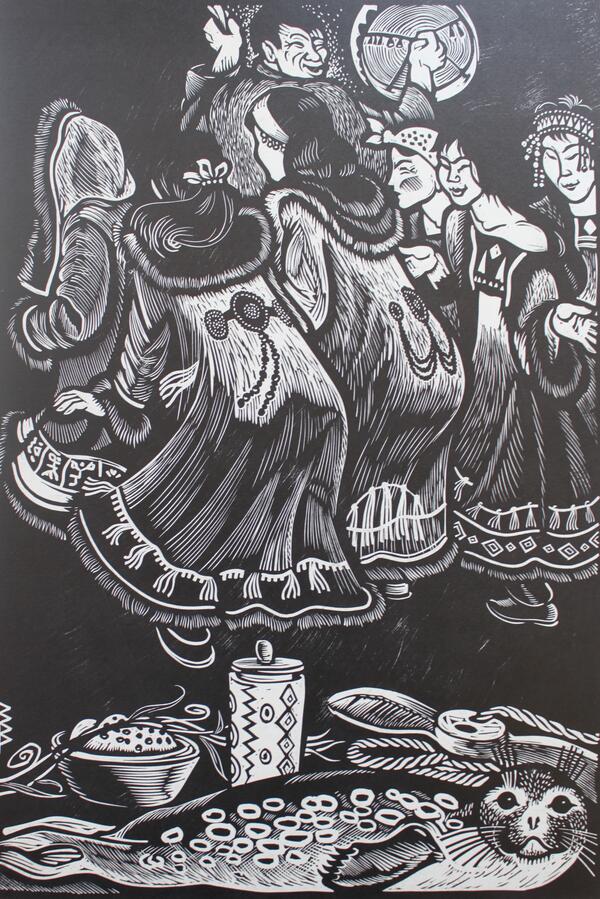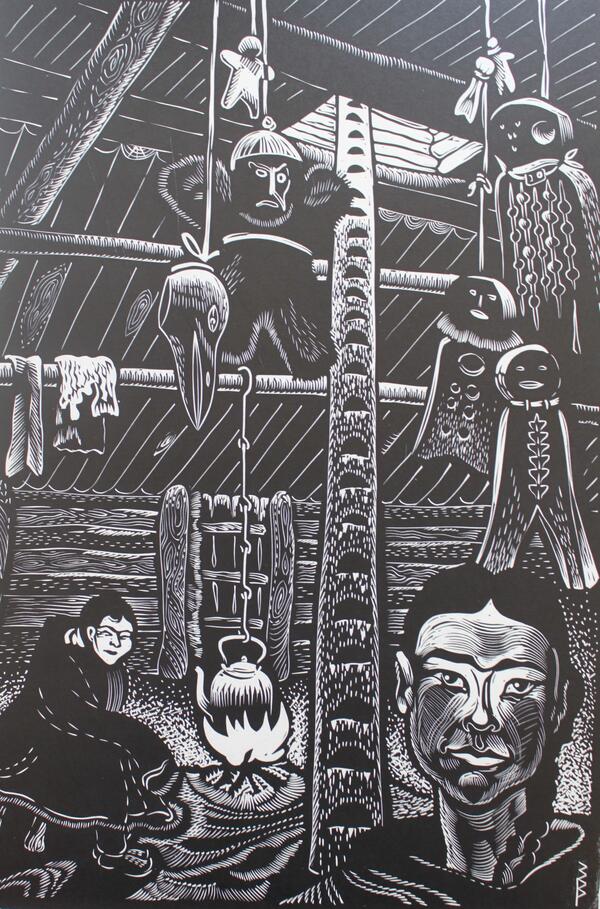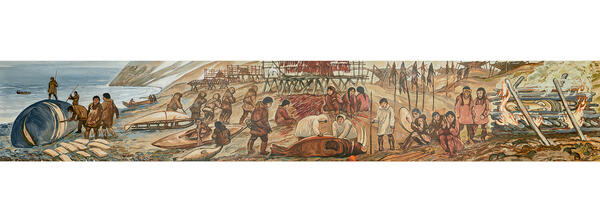The Kereks, the least numerous people of the North, called themselves “ankalgakku”, i.e. “seaside people”. This North-Eastern Paleo-Asiatic ethnic group is more ancient than the Chukchi and Koryaks. They were not nomadic and tended to settle along the Bering Sea from the Anadyr estuary to the mouth of the Opuka River.
Kereks’ traditional way of life was archaic and lacked any specialization in trades. Hunting for birds and small rodents, fishing on spawning rivers and lakes, foraging on the coast and in the tundra, as well as fishing for sea animals were equally important. While retaining their archaic character, the Kereks borrowed and blended spiritual and material traditions of all the peoples of North-East Asia.
Throughout their historical development, the Kereks have absorbed elements of the Itelmen, Koryak and Chukchi cultures. Nevertheless, the Kereks have retained their own ethnic characteristics. Their physical type distinguishes them from the Chukchi and Koryak: they are short in stature, agile and quick, have a waddling gait, and put their feet with toes inside.
The researchers established that, typically, every old Kerek settlement had a sacrificial site near it, which was a numerous accumulation of reindeer skulls and horns, skulls of walruses, sea lions, bears and other sea and land animals. The ethnographer Innokenty Stepanovich Vdovin called such sacrificial sites “appapil” and “yyllapil” — translated from Koryak as “grandfather” and “grandmother” — and associated them with the cult of ancestors.









